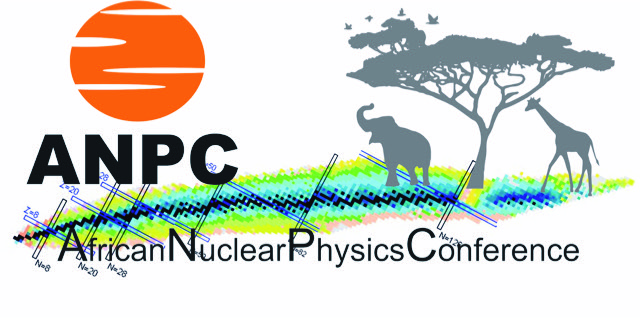Speaker
Description
In recent years, laser spectroscopy techniques with highest sensitivity have been developed to reveal atomic and nuclear properties of exotic nuclei far from stability. Several new data on differential nuclear charge radii and electromagnetic moments of exotic nuclei have been obtained allowing us for example to infer their size and shape. However, the region of heaviest elements well above uranium was inaccessible. These elements do not naturally occur on earth and have to be produced artificially in heavy-ion fusion reactions. However, small production rates on an atom-at-a-time scale and often short half-lives called for the development of tailored methods. Recently, a very sensitive resonant ionization laser spectroscopy method in combination with gas stopping methods has been developed experiments at GSI Darmstadt. It paved the wat to the first optical spectroscopy of the element nobelium [1]. Meanwhile many atomic states in nobelium were identified allowing the determination of nobelium’s first ionization potential with high precision [2]. In addition, measurements of the isotope shift of an optical ground state transition in the nobelium atom for 252-254No and hyperfine spectroscopy of 253No were achieved [3]. The results provided differential charge radii and electromagnetic moments well described by nuclear models using energy density functionals. In the 2019 beamtime campaign at GSI the measurements were extended to 255No. This presentation will summarize the present status of investigations in the region of the heaviest elements and discuss future perspectives to extend laser spectroscopy to even heavier elements.
[1] M. Laatiaoui et al., Nature. 538, 495 (2016).
[2] P. Chhetri et al., Phys. Rev. Lett. 120, 263003 (2018).
[3] S. Raeder et al., Phys. Rev. Lett. 120, 232503 (2018).

